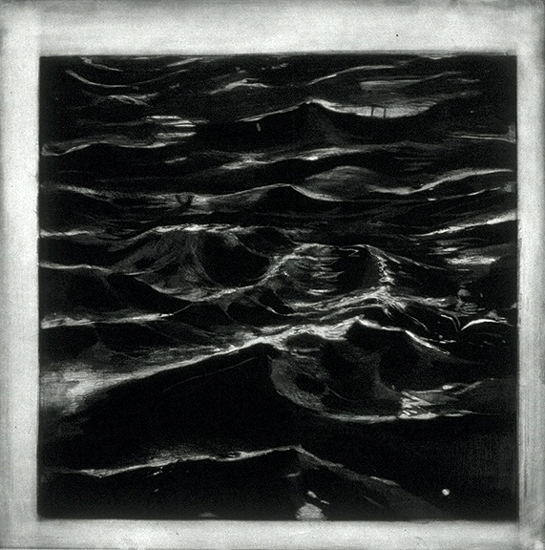
Soft ground and hard ground etching with spit bite aquatint, aquatint and burnishing.
29½ x 29¾"; 38 x 37¾". 25.
Crown Point Press and Renée Bott.
$5,000 InquireInquire
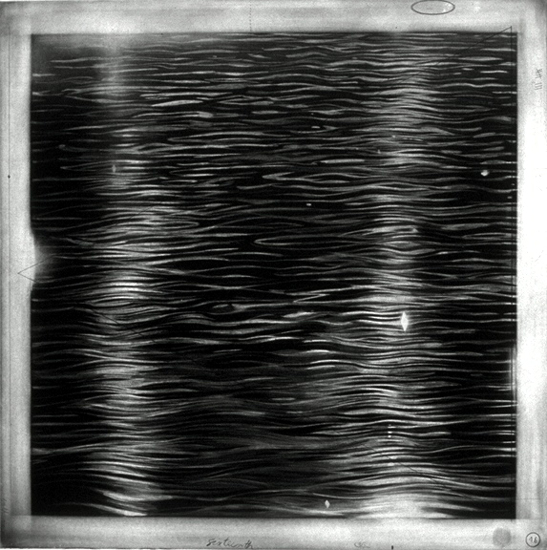
Aquatint with hard ground etching and burnishing.
29½ x 29¾"; 38 x 37¾". 25.
Crown Point Press and Renée Bott.
$5,000 InquireInquire

Color spit bite aquatint with aquatint and burnishing.
29½ x 29¾"; 38 x 37¾". 35.
Crown Point Press and Renée Bott.
$5,000 fair market value Unavailable

Color aquatint with soft ground and hard ground etching and burnishing.
29½ x 29¾"; 38 x 37¾". 50.
Crown Point Press and Renée Bott.
$5,000 InquireInquire
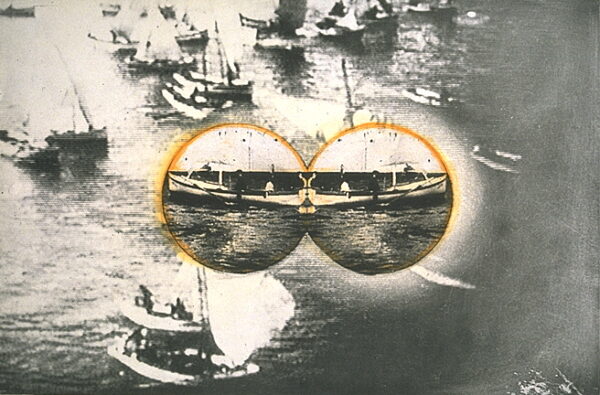
Photogravure with soft ground etching and aquatint printed in yellow.
9 x 13½"; 16 x 20". 45.
Crown Point Press and Daria Sywulak.
$1,500 InquireInquire
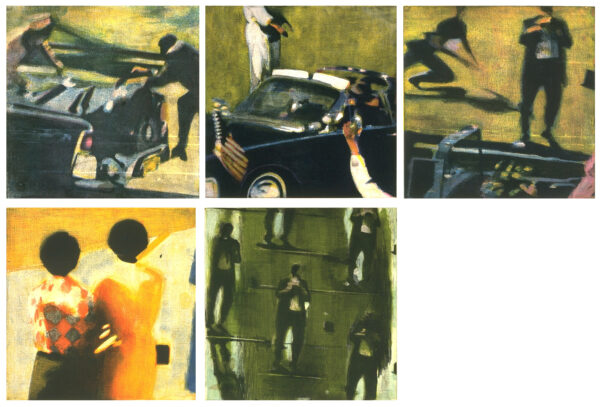
Set of five color soft ground etchings with spit bite aquatint.
10 x 10"; 18 x 17". 25.
Crown Point Press and Renée Bott.
$12,000 fair market value Unavailable
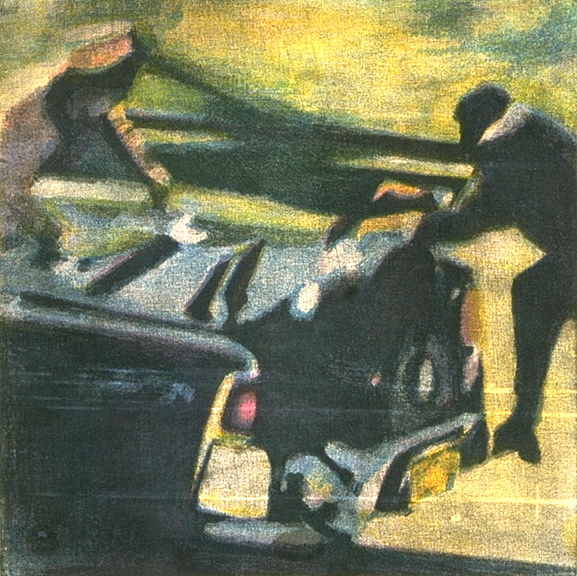
Color soft ground etching.
10 x 10"; 18 x 17'. 25.
Crown Point Press and Renée Bott.
$2,500 fair market value Unavailable
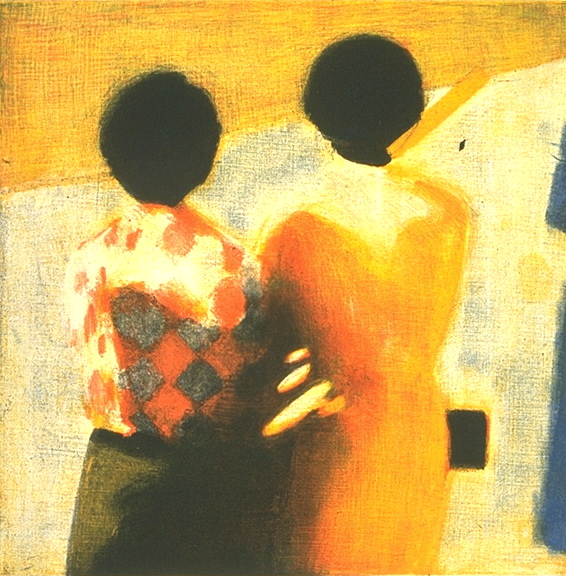
Color soft ground etching.
10 x 10"; 18 x 17". 25.
Crown Point Press and Renée Bott.
$2,500 fair market value Unavailable

Color soft ground etching.
10 x 10"; 18 x 17". 25.
Crown Point Press and Renée Bott.
$2,500 fair market value Unavailable
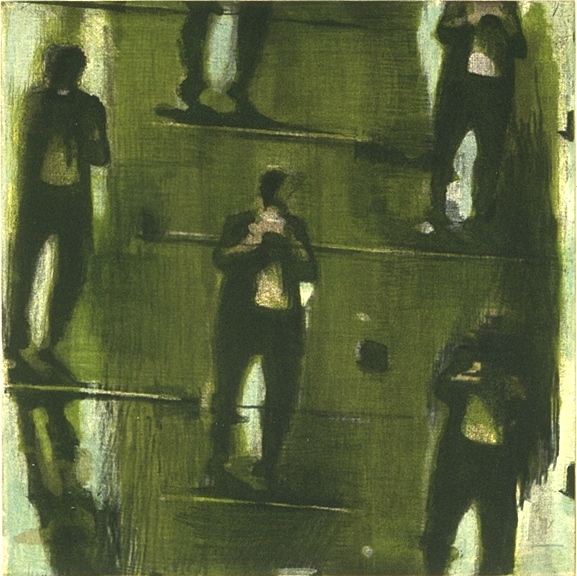
Color soft ground etching with spit bite aquatint.
10 x 10"; 18 x 17". 25.
Crown Point Press and Renée Bott.
$2,500 fair market value Unavailable
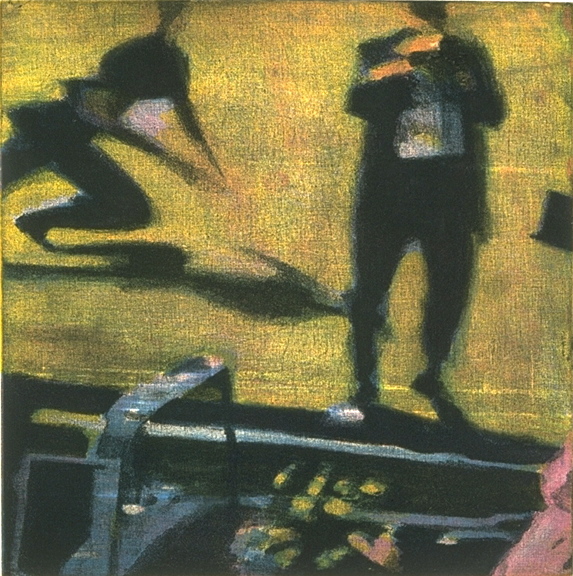
Color soft ground etching.
10 x 10"; 18 x 17". 25.
Crown Point Press and Renée Bott.
$2,500 fair market value Unavailable

Set of four color aquatints with soft ground etching.
25 x 25"; 35 x 34". 50.
Crown Point Press and Renée Bott.
$20,000 fair market value Unavailable
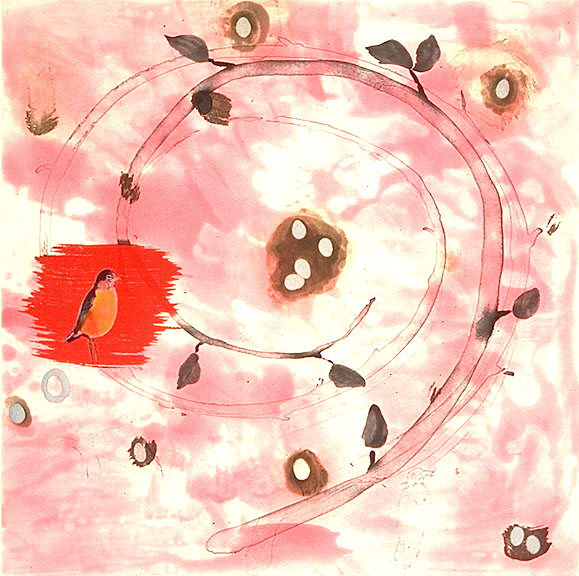
Color spit bite and sugar lift aquatints with soap ground aquatint reversal and soft ground etching.
25 x 25"; 35 x 34". 50.
Crown Point Press and Renée Bott.
$6,500 fair market value Proof AvailableProof Available
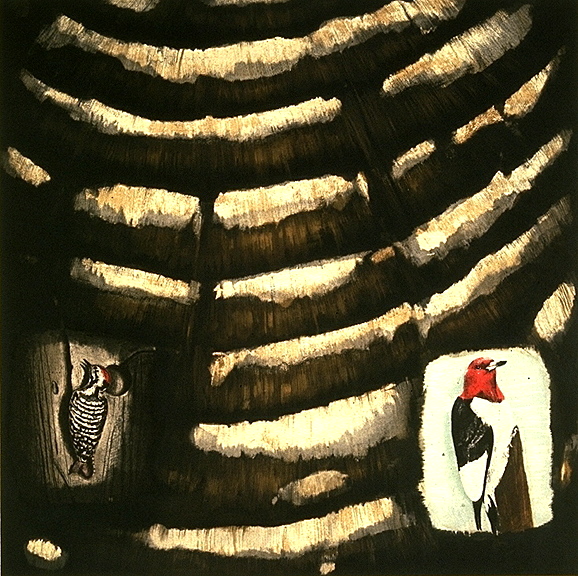
Color aquatint with soap ground and spit bite aquatints, soft ground etching and drypoint.
25 x 25"; 35 x 34". 50.
Crown Point Press and Renée Bott.
$6,500 InquireInquire

Color soft ground etching with soap ground and spit bite aquatints, aquatint and drypoint.
25 x 25"; 35 x 34". 50.
Crown Point Press and Renée Bott.
$6,500 fair market value Unavailable

Color spit bite and soap ground aquatints with aquatint and soft ground etching.
25 x 25"; 35 x 34". 50.
Crown Point Press and Renée Bott.
$6,500 fair market value Unavailable

Color soft ground etching with spit bite aquatint and aquatint.
10 x 10"; 18 x 17". 35.
Crown Point Press and Pamela Paulson.
$3,000 fair market value Unavailable

Color soft ground etching with spit bite aquatint and aquatint.
10 x 10"; 18 x 17". 30.
Crown Point Press and Pamela Paulson.
$3,000 fair market value Unavailable
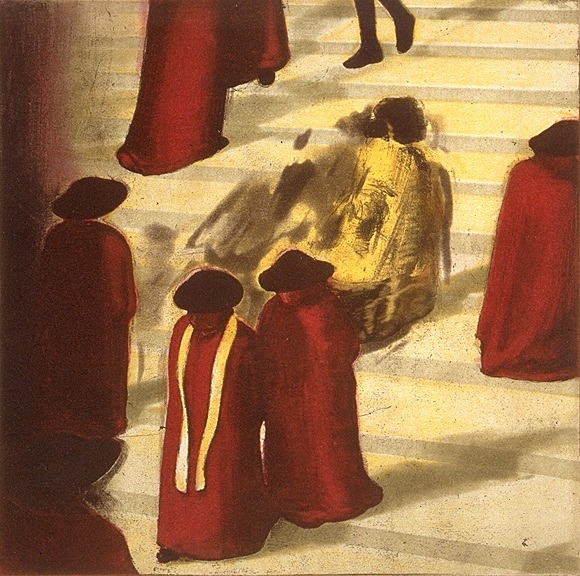
Soft ground etching with spit bite aquatint and aquatint printed in red.
10 x 10"; 18 x 17". 30.
Crown Point Press and Pamela Paulson.
$3,000 fair market value Unavailable
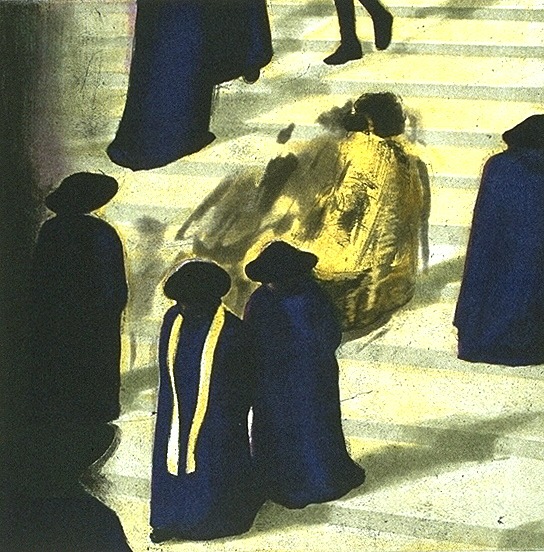
Soft ground etching with spit bite aquatint and aquatint printed in blue.
10 x 10"; 18 x 17". 30.
Crown Point Press and Pamela Paulson.
$3,000 fair market value Unavailable
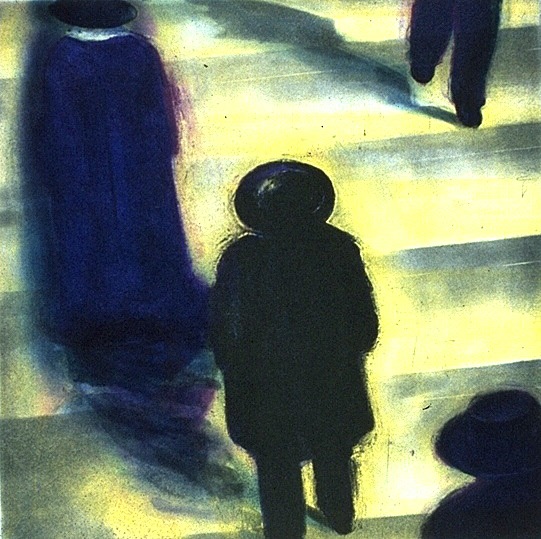
Color soft ground etching with spit bite aquatint and aquatint.
10 x 10"; 18 x 17". 35.
Crown Point Press and Pamela Paulson.
$3,000 fair market value Unavailable

Color soft ground etching with spit bite aquatint and aquatint.
20 x 20"; 30¾ x 30". 65.
Crown Point Press and Pamela Paulson.
$6,500 fair market value Unavailable

Soft ground etching.
30 x 30"; 42 x 41". 25.
Crown Point Press and Pamela Paulson.
$6,000 fair market value Unavailable
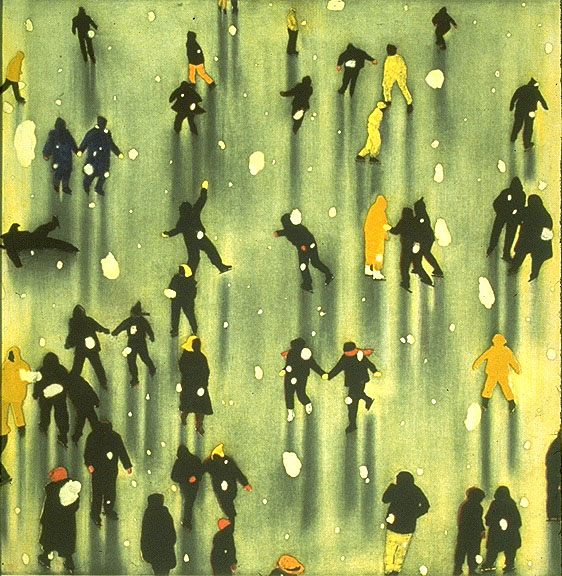
Color aquatint with soft ground etching.
30 x 30"; 42 x 41". 50.
Crown Point Press and Pamela Paulson.
$9,000 fair market value Unavailable
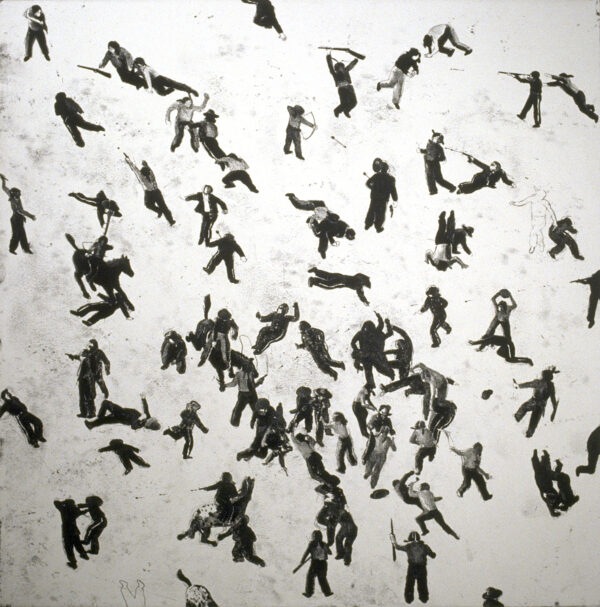
Soft ground etching.
30 x 30"; 42 x 41". 25.
Crown Point Press and Pamela Paulson.
$6,000 InquireInquire
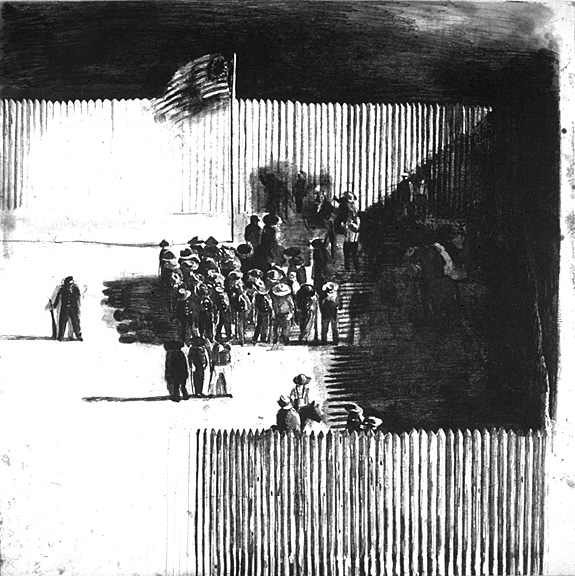
Soft ground etching with spit bite aquatint.
30 x 30"; 42 x 41". 25.
Crown Point Press and Pamela Paulson.
$6,000 fair market value Unavailable